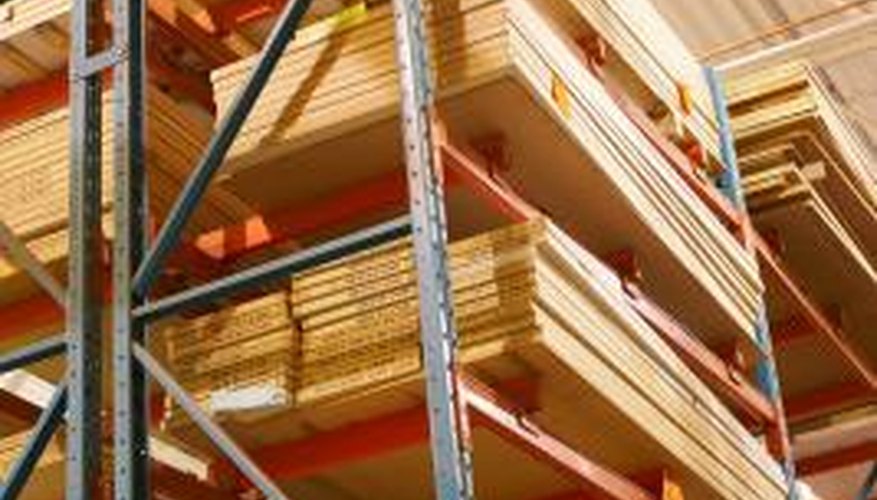It is important to know about the various properties associated with plywood, because of its common use in building applications. Thermal properties of plywood concern the way that plywood responds in the presence of heat. These properties can have considerable effects on energy efficiency and fire safety, among other issues.
Thermal Conductivity
The amount of heat sent through a specific thickness in the normal direction of a temperature gradient in a specific surface area is referred to as thermal conductivity. The constant conductivity for plywood is 0.13 Watts/(meters_degrees kelvin). Plywood blocks heat a lot more effectively than, for example, aluminium, whose thermal conductivity is 250W/m_K.
Specific Heat Capacity
Specific heat refers to the heat energy necessary to raise or lower the temperature of 1kg of a particular substance by one degree. For plywood, this amount is 2.5 kJ/kg_K. Wax takes more energy (3.43 kJ/kg_K), which may seem surprising because it melts easily. Tin takes a lot less (just 0.24 kJ/kg*K). If you've ever sat in a shed with a tin roof on a hot day, you believe this number.
- Specific heat refers to the heat energy necessary to raise or lower the temperature of 1kg of a particular substance by one degree.
- For plywood, this amount is 2.5 kJ/kg_K.
- Wax takes more energy (3.43 kJ/kg_K), which may seem surprising because it melts easily.
Thermal Insulation
This is actually the reciprocal of the thermal conductivity. Divide 1 by the thermal conductivity to get the thermal insulating value, also known as R. In the case of plywood, it is 1/0.13, or 7.69 m*K/Watt.
Thermal Expansion Coefficient
As the temperature around a piece of wood changes, so does the size of that piece of wood. Each variety has a specific coefficient for thermal expansion, referred to as "alpha." The denser a piece of wood is, the more it will expand. In plywood, though, this is about 2x10^(-6) inches for every degree change in Fahrenheit.
- As the temperature around a piece of wood changes, so does the size of that piece of wood.
